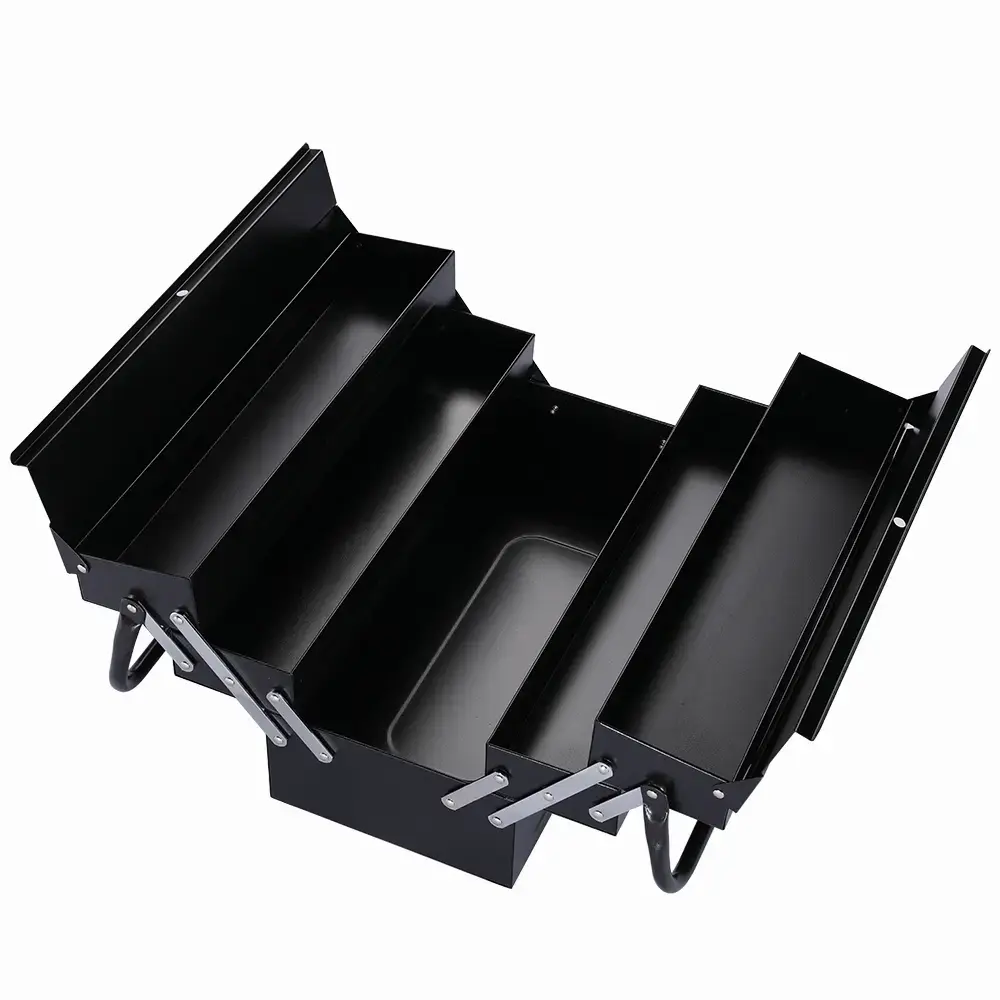Design standards for seismic tool cabinets in disaster-prone areas
In disaster-prone areas, such as regions where natural disasters like earthquakes, typhoons and heavy rain occur frequently, the design standards of seismic tool cabinets are of vital importance. Seismic tool cabinets not only need to have basic storage and protection functions, but also need to maintain stability and safety under extreme conditions to ensure the integrity of tools and equipment. The following are the design standards and suggestions for earthquake-resistant tool cabinets in disaster-prone areas.
First, the basic requirements for seismic design
1.Seismic fortification intensity
The design of the seismic tool cabinet should be based on the seismic fortification intensity of the area where it is located. According to the "Code for Seismic Design of Buildings" GB/T50011-2010 (2024 Edition), the seismic fortification intensity is classified from 6 to 9 degrees. The design goals under different intensities are as follows:
6-degree protection: The tool cabinet should have basic seismic resistance to ensure it is not damaged under minor earthquakes.
7-degree fortification: The tool cabinet should be capable of withstanding moderate earthquakes to ensure it can be repaired in the event of a moderate earthquake.
With a seismic fortification of 8 degrees or above: The tool cabinet should have a high seismic resistance capacity to ensure it does not collapse in the event of a major earthquake.
2. Dynamic performance requirements
The seismic tool cabinet needs to have good dynamic performance to cope with vibrations in disasters such as earthquakes. Dynamic performance requirements include:
Small amplitude (≤2mm) : Flexible buffering, absorbing 40%-60% of vibration energy.
Large amplitude (> 2mm) : Enhance rigidity and avoid the main frequency band of seismic waves (3-8Hz).
Second, structural design standards
1. Frame materials
The frame material of the seismic tool cabinet should have high strength and good ductility. It is recommended to use Q345B steel, whose bending stiffness and torsional stiffness are both higher than the national standards. For high-humidity coastal environments, it is recommended to use 316L stainless steel with a polytetrafluoroethylene coating to enhance corrosion resistance.
2. Support system
The support system of the seismic tool cabinet should adopt high-damping rubber support columns, with a single column bearing capacity of 2 to 5 tons and a compression of 5 to 10mm. When there is high-frequency vibration (> 100Hz), a spring damper can be equipped to provide an additional energy dissipation path.
3. Displacement tolerance
The displacement tolerance of the seismic tool cabinet should be designed according to the fortification intensity.
Horizontal displacement: ±5mm (with a 7-degree defense) to ±3mm (with an 8-degree defense).
Vertical displacement: ±3mm (with a 7-degree defense) to ±2mm (with an 8-degree defense).
Third, intelligent monitoring and protection
1. Real-time monitoring system
The seismic tool cabinet should be equipped with an internal MEMS accelerometer and wireless temperature sensor to monitor the vibration spectrum and temperature changes in real time. Abnormal data should trigger a warning within 0.1 seconds, and the AI algorithm can adjust the heat dissipation strategy 5 seconds in advance.
2. Backup power supply
The tool cabinet should be equipped with a built-in supercapacitor energy storage module to ensure that the control system is continuously powered for ≥30 minutes during an earthquake, guaranteeing the continuity of critical operations.
Fourth, application scenarios and selection suggestions
1. Selection for different scenarios
7-degree defense zone: Select Class C tool cabinets, equipped with Q345B steel frames and ordinary rubber support columns.
8-degree defense zone: Select Class B tool cabinets and upgrade them to high-damping rubber support columns + double busbar redundancy.
Coastal high-humidity environment: Choose Class C tool cabinets +316L stainless steel + polytetrafluoroethylene coating.
2. Compliance verification
The manufacturer is required to provide the test report with the CMA/CNAS seal, including the seismic test report and material certification. The on-site inspection should include the cabinet fixation method, internal reinforcement measures and material identification.
The design standards for seismic tool cabinets in disaster-prone areas need to comprehensively consider seismic fortification intensity, dynamic performance, structural materials, intelligent monitoring and application scenarios. By adopting high-strength materials, optimizing the support system, and equipping with real-time monitoring and backup power supplies, the seismic tool cabinet can maintain stability and safety under extreme conditions. Enterprises should select appropriate seismic tool cabinets based on the disaster characteristics and defense requirements of their regions to ensure the safe storage and use of tools and equipment.

